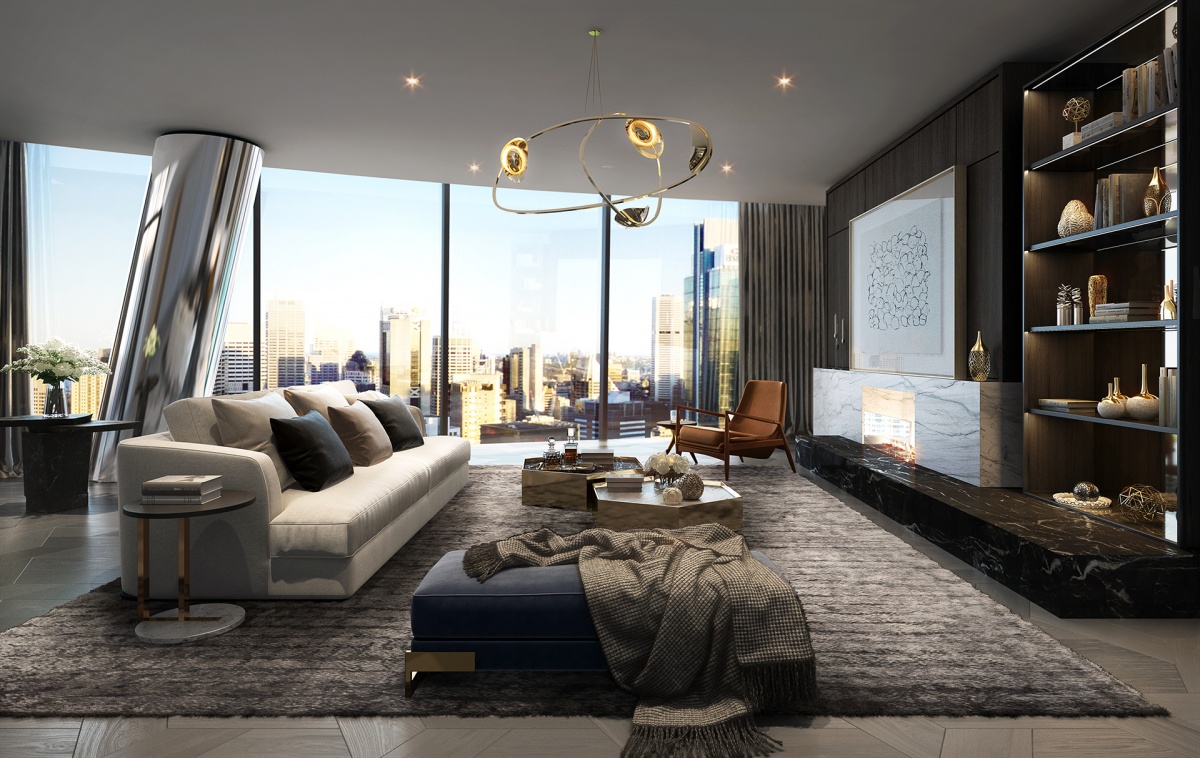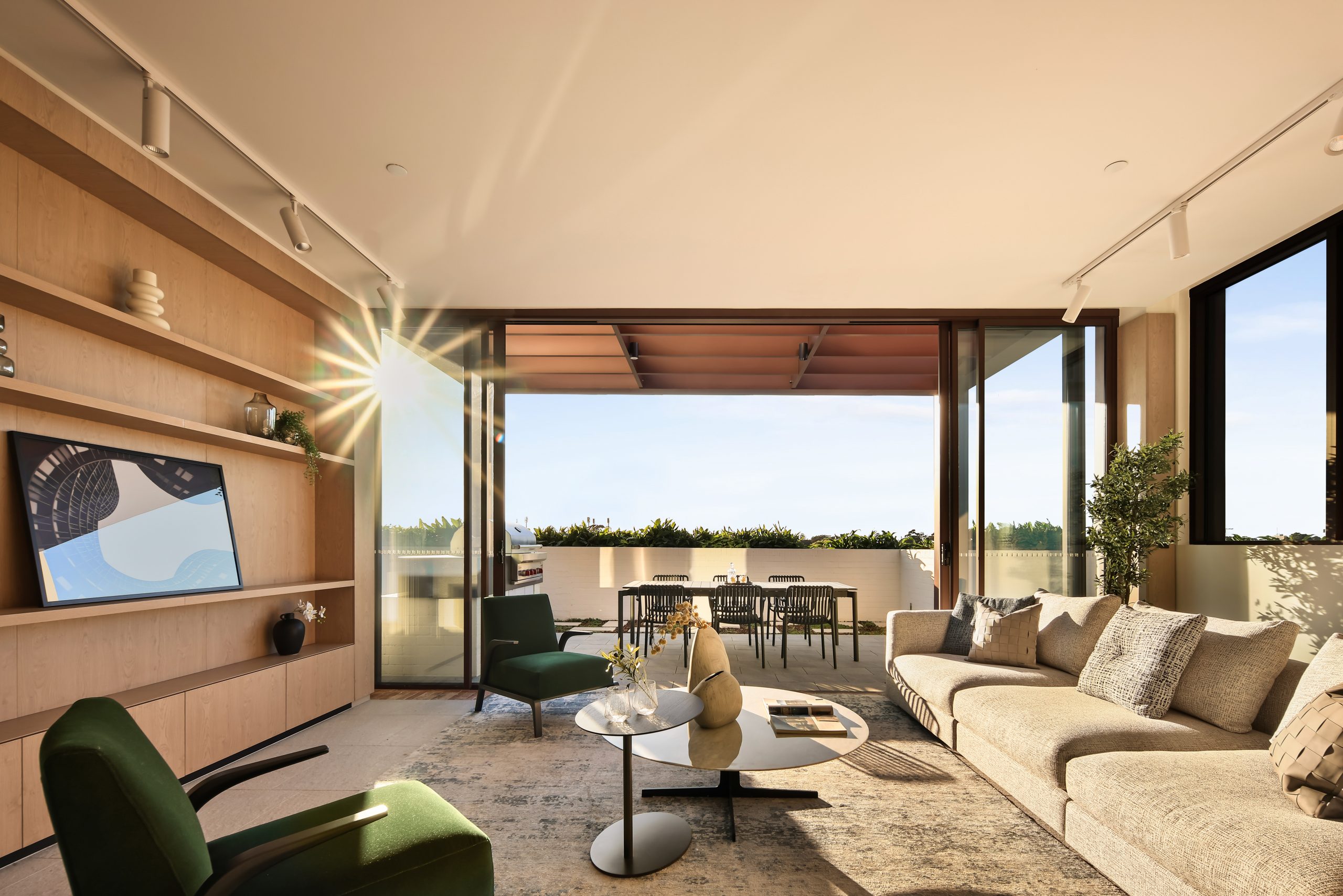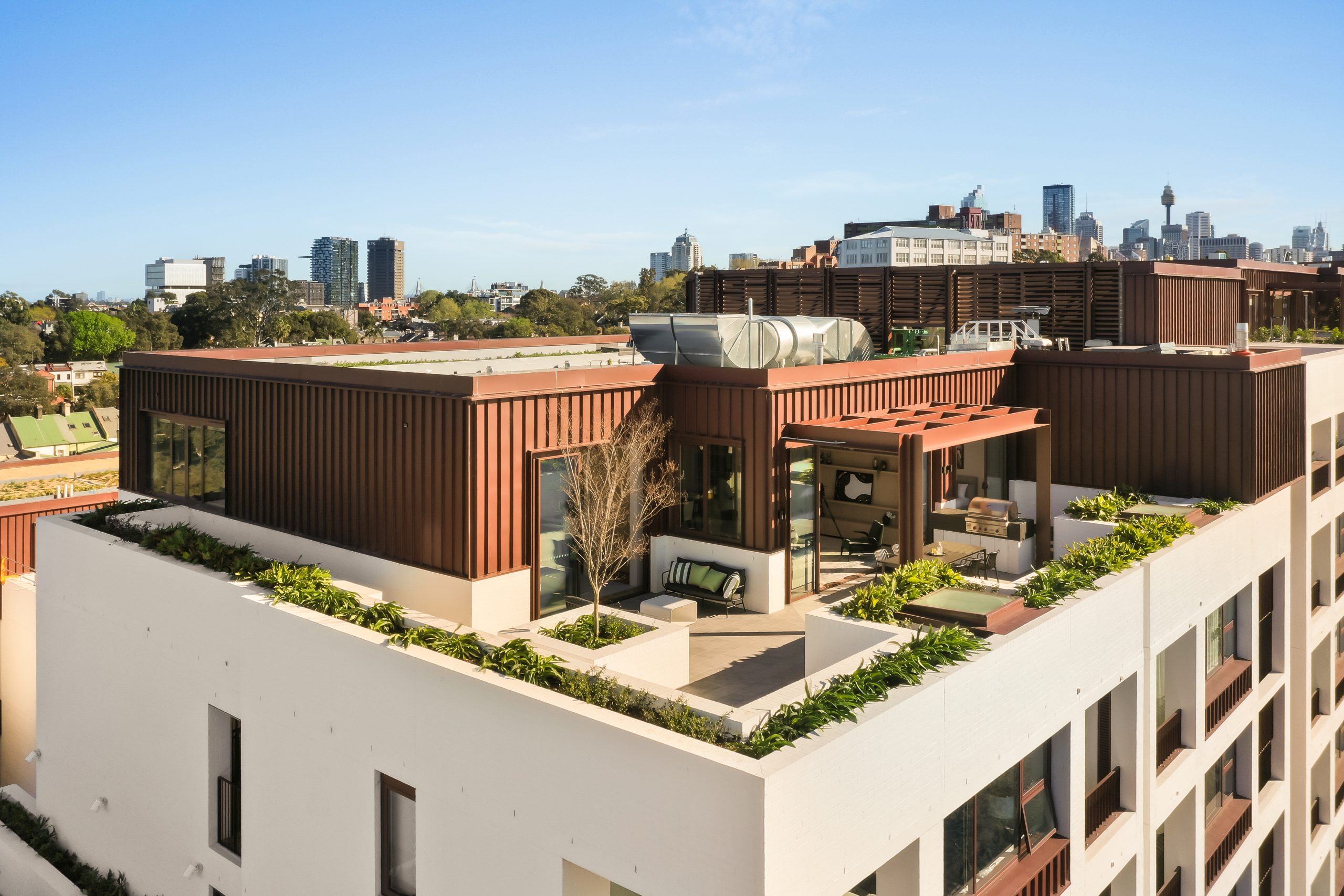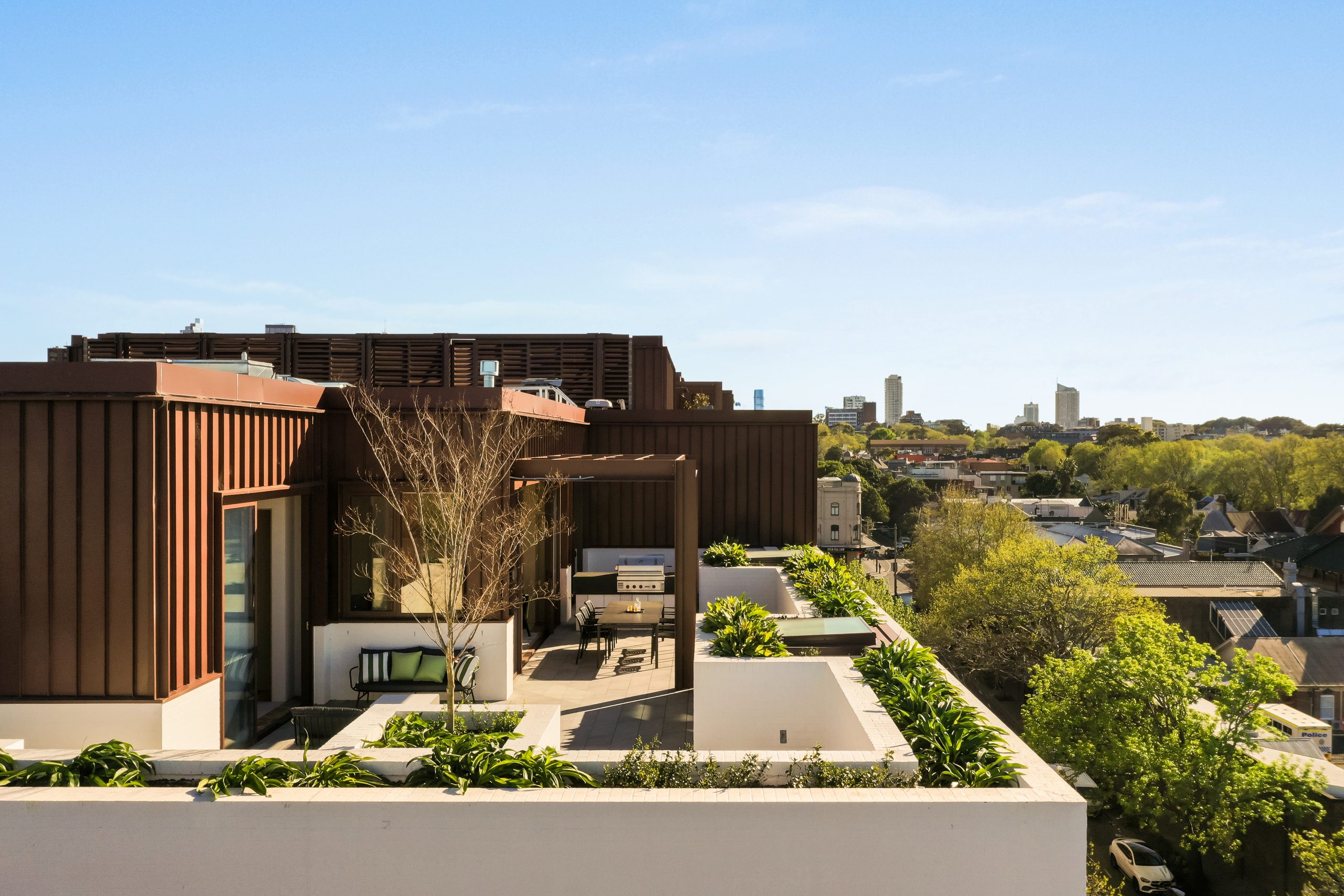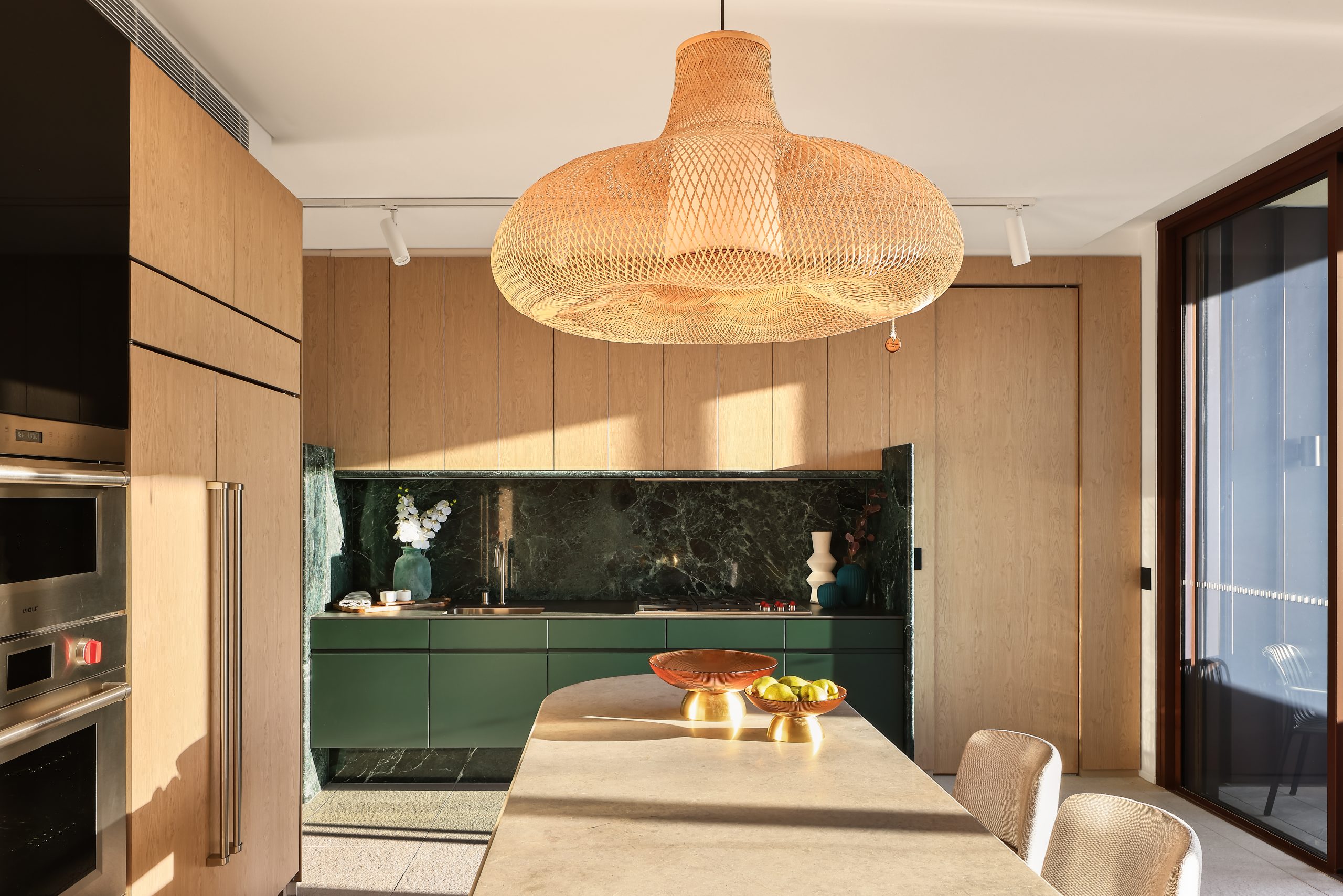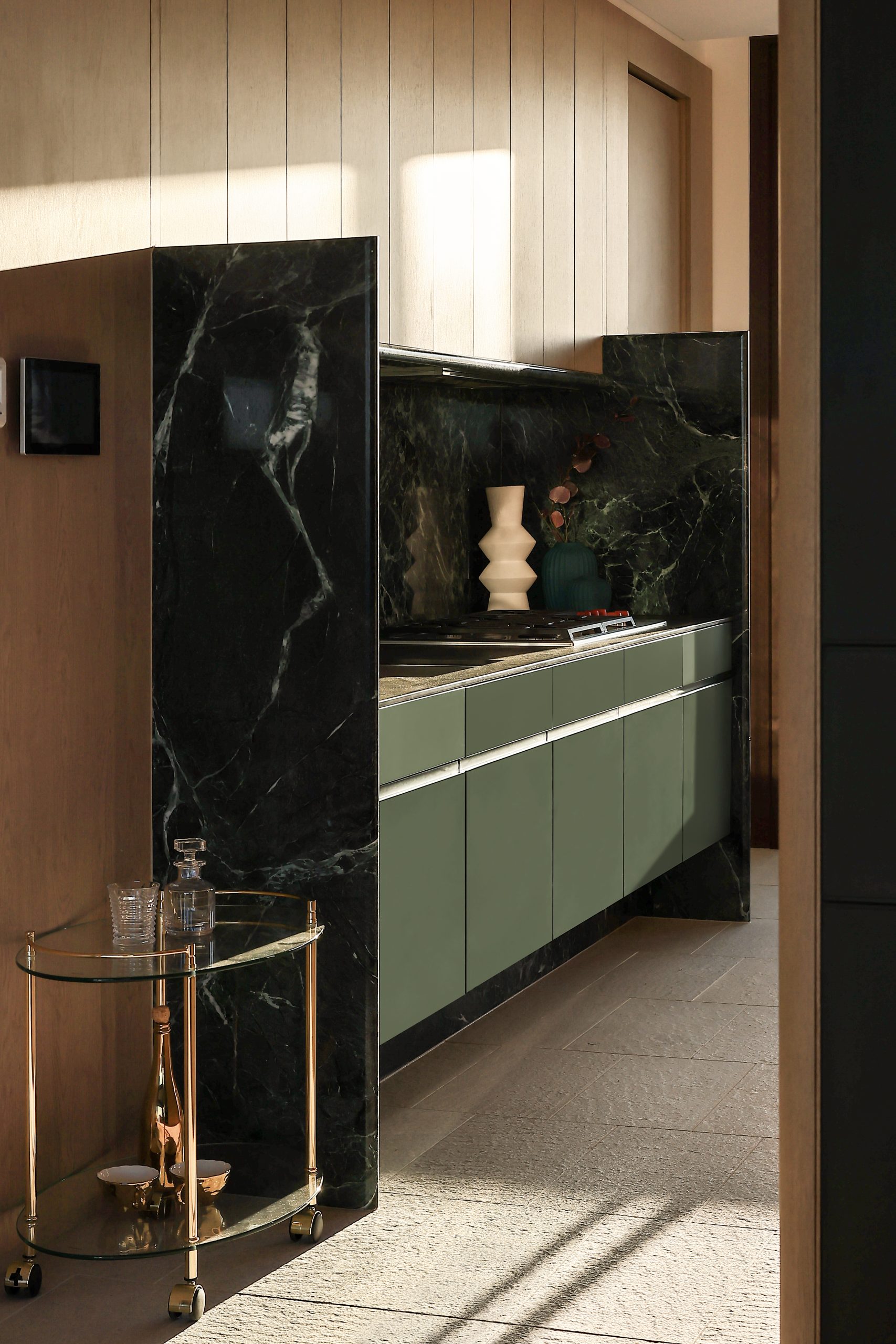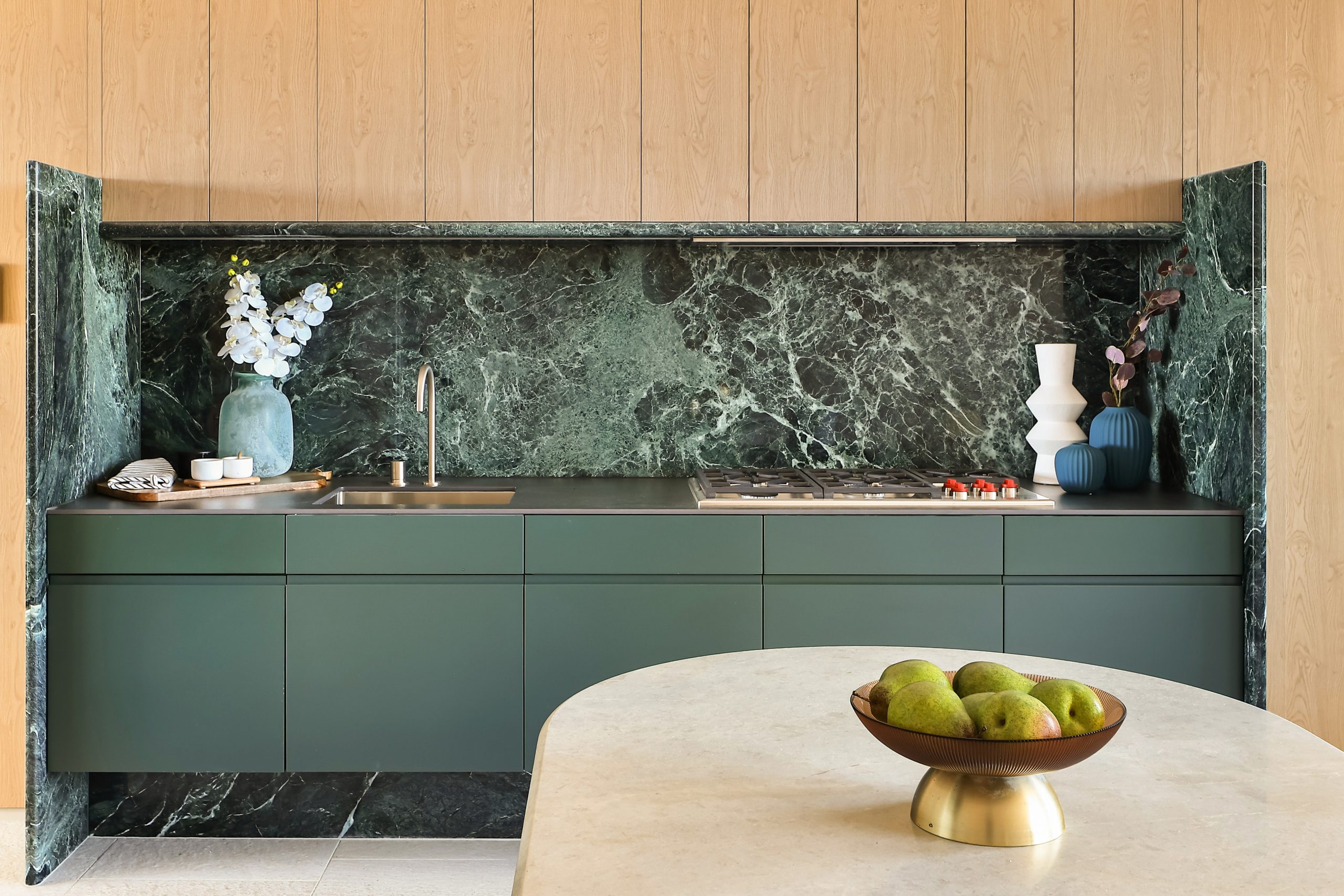Luxury Apartment Spending Sky High
Spending on super-prime apartments has surged in the first half of 2021.
Sales of luxury apartments worth more than $10 million have risen nearly eightfold during the first half of 2021 when compared to the decade average according to Knight Frank research.
Ultra-rich buyers have splurged more than $650 million in Sydney alone with 67 super-prime luxury apartments changing hands around the country – a steep rise from the 8.7 average annual sales over the past 10 years. Of note, the majority of the transactions were at Crown Residences at One Barangaroo.
Knight Frank defines super-prime properties as the top 1% of each market by value. Around the country that sees a threshold of more than $10 million in Sydney and Melbourne and $7 million in Brisbane, Perth and the Gold Coast.
The recently coined ‘rightsizer’ – those downsizing from stately homes to luxury apartments – tended to target newly built or off-the-plan apartments. However, Sydney differed from the rest of the country where the lack of new stock forced buyers to look at existing builds according to Michelle Ciesielski, Knight Frank’s head of residential research.
“The surge in demand was driven by ultra-wealthy buyers looking for a low maintenance apartment with house-like proportions for entertaining, as well as those seeking a secured luxury apartment residence that can be easily locked up when they jet off for long periods of international travel again next year,” she said.
Higher demand for luxury apartments has lifted values for new apartments by 46% since June 2015 – outperforming the established apartment market which recorded a strong, 31% increase in major cities.
Sydney was the only city that didn’t follow the trend, with the older stock soaring by 48% compared to 30% for new apartments.
Ms Cieselski said apartment values should continue to rise further in the years ahead, with a falling supply forecast.
“In contrast to increasing demand, the pipeline of new apartments in prime regions around Australia will fall by 39% over the next three years across low-rise, mid-rise and high-rise projects, which will mostly be felt in Brisbane and Sydney,” she said.
This stylish family home combines a classic palette and finishes with a flexible floorplan
Just 55 minutes from Sydney, make this your creative getaway located in the majestic Hawkesbury region.
A Sydney site with a questionable past is reborn as a luxe residential environment ideal for indulging in dining out
Long-term Sydney residents always had handful of not-so-glamourous nicknames for the building on the corner of Cleveland and Baptist Streets straddling Redfern and Surry Hills, but after a modern rebirth that’s all changed.
Once known as “Murder Mall” or “Methadone Mall”, the 1960s-built Surry Hills Shopping Centre was a magnet for colourful characters and questionable behaviour. Today, however, a $500 million facelift of the site — alongside a slow and steady gentrification of the two neighbouring suburbs — the prime corner property has been transformed into a luxury apartment complex Surry Hills Village by developer Toga Group.
The crowning feature of the 122-apartment project is the three-bedroom penthouse, fully completed and just released to market with a $7.5 million price guide.
Measuring 211sqm of internal space, with a 136sqm terrace complete with landscaping, the penthouse is the brand new brainchild of Surry Hills local Adam Haddow, director of architecture at award-winning firm SJB.
Victoria Judge, senior associate and co-interior design lead at SJB says Surry Hills Village sets a new residential benchmark for the southern end of Surry Hills.
“The residential offering is well-appointed, confident, luxe and bohemian. Smart enough to know what makes good living, and cool enough to hold its own amongst design-centric Surry Hills.”
Allan Vidor, managing director of Toga Group, adds that the penthouse is the quintessential jewel in the crown of Surry Hills Village.
“Bringing together a distinct design that draws on the beauty and vibrancy of Sydney; grand spaces and the finest finishes across a significant footprint, located only a stone’s throw away from the exciting cultural hub of Crown St and Surry Hills.”
Created to maximise views of the city skyline and parkland, the top floor apartment has a practical layout including a wide private lobby leading to the main living room, a sleek kitchen featuring Pietra Verde marble and a concealed butler’s pantry Sub-Zero Wolf appliances, full-height Aspen elm joinery panels hiding storage throughout, flamed Saville stone flooring, a powder room, and two car spaces with a personal EV.
All three bedrooms have large wardrobes and ensuites with bathrooms fittings such as freestanding baths, artisan penny tiles, emerald marble surfaces and brushed-nickel accents.
Additional features of the entertainer’s home include leather-bound joinery doors opening to a full wet bar with Sub-Zero wine fridge and Sub-Zero Wolf barbecue.
The Surry Hills Village precinct will open in stages until autumn next year and once complete, Wunderlich Lane will be home to a collection of 25 restaurants and bars plus wellness and boutique retail. The EVE Hotel Sydney will open later in 2024, offering guests an immersive experience in the precinct’s art, culture, and culinary offerings.
The Surry Hills Village penthouse on Baptist is now finished and ready to move into with marketing through Toga Group and inquiries to 1800 554 556.
This stylish family home combines a classic palette and finishes with a flexible floorplan
Just 55 minutes from Sydney, make this your creative getaway located in the majestic Hawkesbury region.









